PVC leather, commonly known as polyvinyl chloride, is a unique kind of suede leather created by replacing the hydrogen group in the vinyl groups with a chloride group.
This substitute is then combined with additional chemicals to produce a long-lasting plastic that is also simple to maintain.
Polyurethane (PU Leather) and Polyvinyl Chloride are the two most popular types of synthetic leather (PVC Leather).
These two widely used synthetic materials, in particular, have generated concerns about the environmental safety and hazards of vegan leather.
Although it is feasible to obtain more eco-friendly goods manufactured from materials such as cork, kelp, and even pineapple leaves, very few vegan leathers are created from natural materials.
Although the words are often used interchangeably, PU and PVC are not the same in many ways.
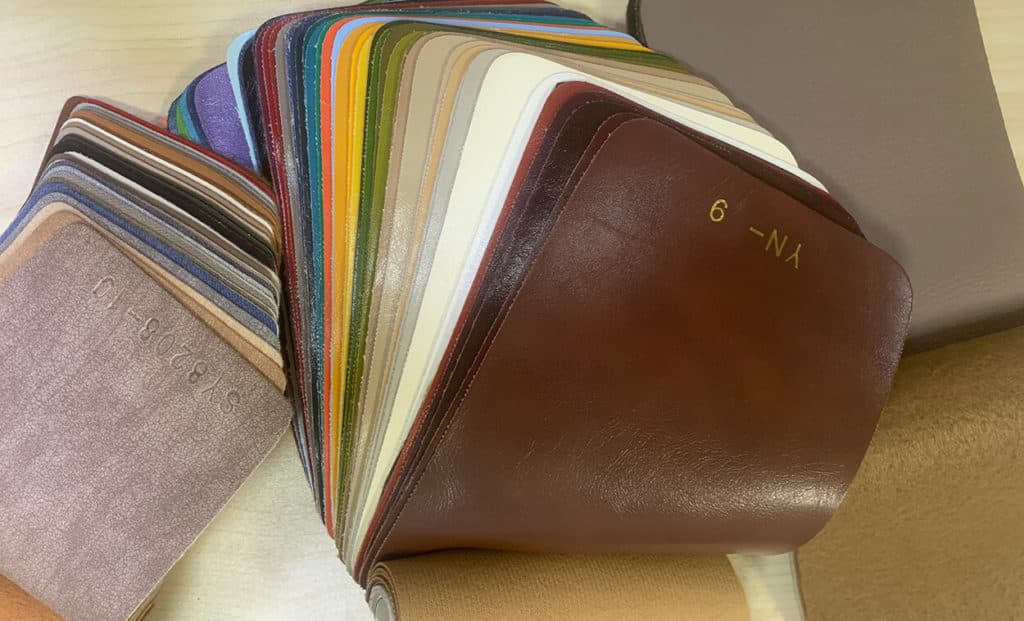
2. How to compare PU and PVC Leather?
1. What is PVC leather?
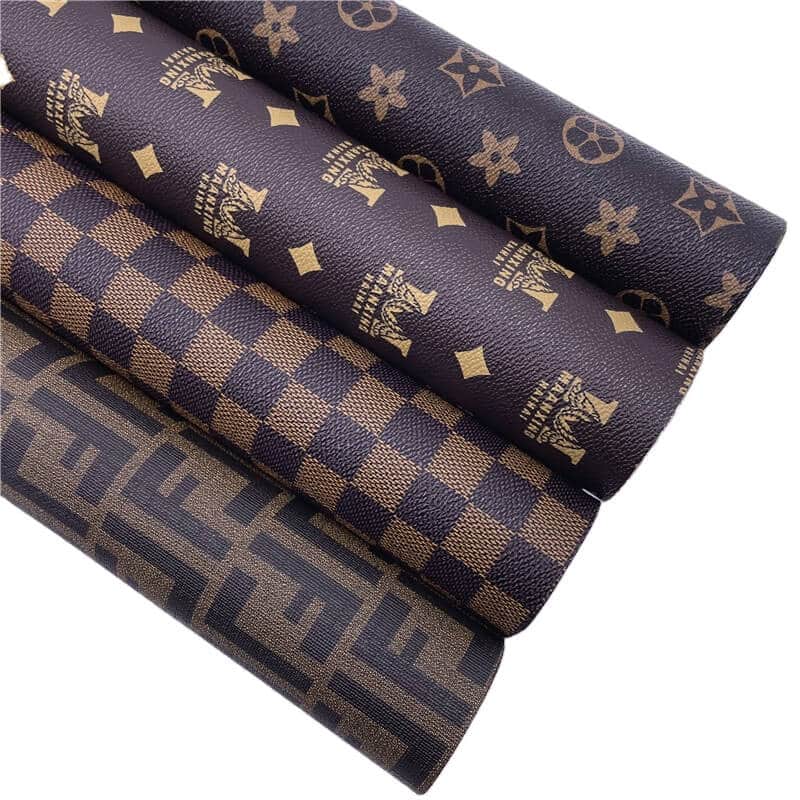
PVC leather, short for Polyvinyl Chloride, is the less expensive and more widely available alternative.
Vinyl, a flexible plastic resin, is chemically altered to create it. It is usually mixed with a variety of fillers to alter the texture, color, form, and effects to fit various leather goods.
This makes it ideal for usage in imitation leather furniture and fashion.
However, PVC manufacturing emits hazardous dioxins and employs extremely toxic chlorine, making it a very ecologically destructive material.
PVC is a synthetic polymer that needs toxic chemicals during manufacturing as well as a slew of unpleasant additives to function properly.
Furthermore, once discarded, the PVC object is not biodegradable and will stay in the environment for thousands of years.
Surely, you can ask your reliable sourcing company about PVC and whether it is a suitable material for you.
DO you want to source PVC leather?
2. How to compare PU and PVC Leather?
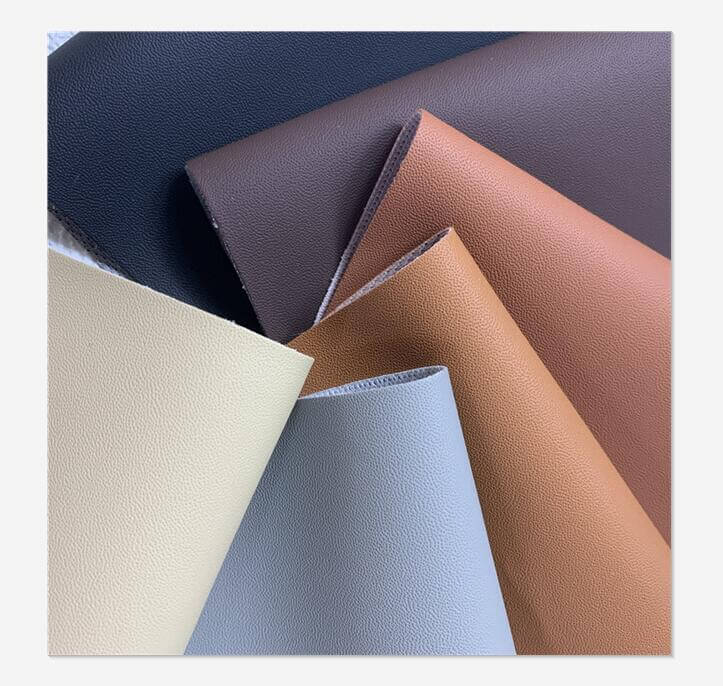
Both PVC and PU leather is an example of faux leather.
Although they are both leather materials, they have particular characteristics that need to be differentiated.
1. Appearance and texture
In terms of manufacturing, PU is more complex than PVC.
Because PU base fabric is a high tensile strength canvas that is coated on top of the fabric foundation but also capable of covering the fabric base in the center, you cannot see the fabric base.
PU outperforms PVC in terms of torsion resistance, gentleness, tensile strength, and air permeability.
The PVC pattern is created by hot pressing a steel pattern roller.
Try this method on your own to identify the PU and half PU: The copper wire should be burned until it becomes crimson.
Then, place the copper wire on the leather and fire it again until the leather melts on the copper wire.
If the fire becomes green, it indicates the material is half PU or PVC; if the fire remains red, it means the material is PU.
2. Breathability
PVC leather is considerably less breathable than PU due to the foam layer beneath its surface covering and skin layer.
As a result, PU leather has the benefit of being the chosen material for wearable clothing items.
Although, PU leather is not as breathable as real leather.
It is, nevertheless, more breathable than other synthetic leathers, such as PVC.
While real leather tends to grow more beautiful and softer with time, PU leather will retain a consistent appearance and feel throughout its life.
Furthermore, PU leather is much less expensive than real leather.
However, since PU leather has larger holes on its surface, it is more prone to collecting stains and other undesirable particles.
As a result, most upholstery is made of PVC leather rather than real leather.
3. Structure And Durability
Polyurethane leather, often known as PU leather, is a kind of synthetic leather. It’s also referred to as biscuit leather or split leather. It is composed of thermoplastic and is utilized in the manufacture of shoes and furniture.
Because PU leather is a mixture of different synthetic substances, it is completely vegan. Biscuit leather is made of real leather that has been treated with a polyurethane coating on top.
Split leather is made from real leather scraps that have been polyurethane-coated. It has the same texture as genuine leather, but it is lighter, less resilient, and more sun resistant.
PVC leather, also known as Vinyl, is composed of a fabric leather backing, a foam layer, a skin layer, and plastic-based surface furniture covering.
The structures of PU leather and PVC leather vary. PVC has additional layers under its covering, making it more robust and durable.
PU, on the other hand, has fewer layers and is thus more malleable and flexible to work with.
PVC can withstand more severe wear and weather conditions than PU, which may wrinkle and discolor like genuine leather.
PVC leather is considerably less breathable than PU due to the foam layer underneath its surface coating and skin layer. As a result, PU leather has the benefit of being the chosen material for wearable apparel items.
However, as PU leather has larger holes on its surface, it is more prone to collecting stains and other undesirable particles. As a result, most upholstery is made of PVC leather rather than real leather.
When compared to PU leather, PVC’s multi-layer structure and absence of pores make the material more durable.
As a result, PVC leather is mostly utilized in upholstery and shoes. Using PVC leather may also result in longer product life.
4. Environmental Impact
PVC is the most harmful material to the environment. The PVC lifetime, which includes its manufacture, usage, and disposal, leads to the emission of hazardous, chlorine-based compounds.
Toxins accumulate in the water, air, and food chain.
PVC manufacturing is the biggest and fastest-growing use of chlorine, accounting for approximately 40% of total chlorine use in the United States.
Unlike PVC, PU does not emit hazardous chemicals or dioxins when used or disposed of, making it more environmentally friendly.
Most PU is still produced using solvents, but the landscape is shifting here as well, with more producers switching to water-based processes.
100% synthetic PU leather is a vegan polymer produced from petroleum. However, when it comes to application, PU may be combined with non-vegan materials.
PU has several beneficial properties. It has a velvety touch feel and features and structure comparable to animal leather. It is non-absorbent, scratch-resistant, and breathable.
5. Proper maintenance
How to clean PU leather?
Polyurethane (PU) leather is a kind of coating that is often used on furniture and handbags. It is very simple to clean and maintain:
- Wipe down the PU with a wet towel for general cleaning.
- To remove stains, apply some unscented soap into the spot and wipe it away with a wet towel.
- Wipe down with a dry towel to clean.
To get the proper visualization, click on this video on how to clean PU leather.
How to clean PVC leather?
- For clean-up, use a wet towel.
- To remove stains, apply baking soda to a cloth and massage it into the PVC. Rinse thoroughly with a clean, moist towel.
- To assist keep the surface in good condition, use vinyl protection.
Here is a video of a thorough procedure to do the PC leather cleaning:
3. Why is synthetic leather a good substitute for natural leather?
When deciding between natural leather and synthetic leather, it’s essential to consider the specific needs of your product. Are you aiming for a genuine leather-like appearance?
In that case, synthetic leather, such as PU, is the ideal choice. It not only mimics the texture and aesthetic of real leather but also offers durability that can withstand everyday use.
On the other hand, if your product requires flexibility and pliability, PU is also the preferred option.
However, if your priority lies in long-lasting materials that don’t necessarily resemble leather too closely, PVC is the way to go. Regardless of the specific requirements, synthetic leather remains an excellent substitute for natural leather.
Its authentic leather-like finishes, combined with its durability, make it a cost-effective choice for manufacturing processes.
So, when considering a substitute for natural leather, synthetic leather should not be overlooked as a viable and advantageous option.
4. How do I decide which material, PU leather or PVC leather, to use?
When it comes to choosing between PU leather and PVC leather, making the right decision is crucial. To determine the ideal material for your product, it is essential to carefully consider its functionality and characteristics.
If your priority is to achieve a genuine leather-like appearance, PU leather is the way to go.
PU leather is renowned for its ability to closely mimic the texture and look of real leather. Its authentic finishes can add a touch of sophistication to your product, making it visually appealing to customers.
On the other hand, if flexibility and pliability are essential for your product, PU leather remains the top choice.
This material can be easily manipulated and shaped, allowing for the creation of intricate designs and comfortable products that require flexibility.
However, if durability and a distinct non-leather appearance are your primary concerns, PVC leather is worth considering.
PVC leather is highly resilient and can withstand the demands of daily use. Furthermore, it can be manufactured with unique finishes and textures, ensuring that your product stands out from the crowd.
Both PU leather and PVC leather are excellent alternatives to genuine leather. They not only provide authentic leather-like finishes but also offer durability, helping you save on manufacturing costs.
By carefully assessing the specific requirements of your product, you can confidently choose between PU leather and PVC leather, knowing that you have selected the material that best suits your needs.
5. How does the breathability of PU leather and PVC leather differ?
In terms of breathability, PVC leather is considerably less breathable than PU due to the foam layer beneath its surface covering and skin layer.
This lack of breathability is a key factor that sets PU leather apart as the preferred material for wearable clothing items.
However, it is important to note that PU leather, while more breathable than PVC, is not as breathable as real leather. Nevertheless, compared to other synthetic leathers like PVC, PU leather offers a higher level of breathability.
The foam layer in PVC leather restricts the flow of air, making it less breathable overall. In contrast, PU leather has more pores on its surface, allowing for better air circulation and ventilation.
This increased breathability in PU leather enhances comfort, especially in clothing items where breathability is crucial.
While PU leather’s breathability is an advantage, it does come with a trade-off. The presence of more pores on the surface of PU leather increases the risk of absorbing stains and unwanted particles. This is why, in applications such as upholstery, where stain resistance is prioritized, PVC leather is often the preferred choice.
To summarize, PVC leather is less breathable than PU leather due to the foam layer beneath its surface covering and skin layer.
However, PU leather offers a higher level of breathability compared to PVC and other synthetic leathers. It strikes a balance between breathability and stain resistance, making it a popular choice for wearable clothing items.
6. Takeaways
You should now have all of the knowledge you need to tell the difference between PU and PVC.
However, how do you choose which material to use? The solution is simple: focus on the usefulness of your product.
Is it necessary for it to appear genuinely leather-like? Choose PU. Will it have to be pliable and flexible? Choose PU.
Do you need it to be long-lasting and not appear too much like leather? Choose PVC.
In any case, synthetic leather is an excellent replacement for real leather.
They not only have authentic leather-like finishes, but they are also durable and help you save money on manufacturing costs.
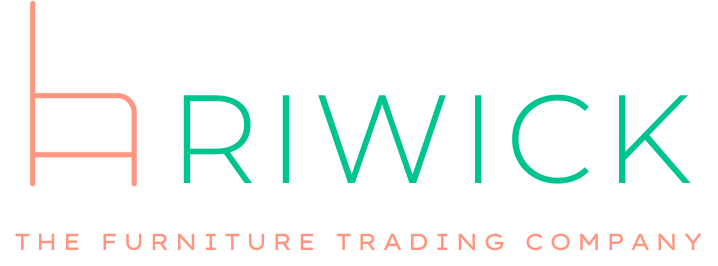
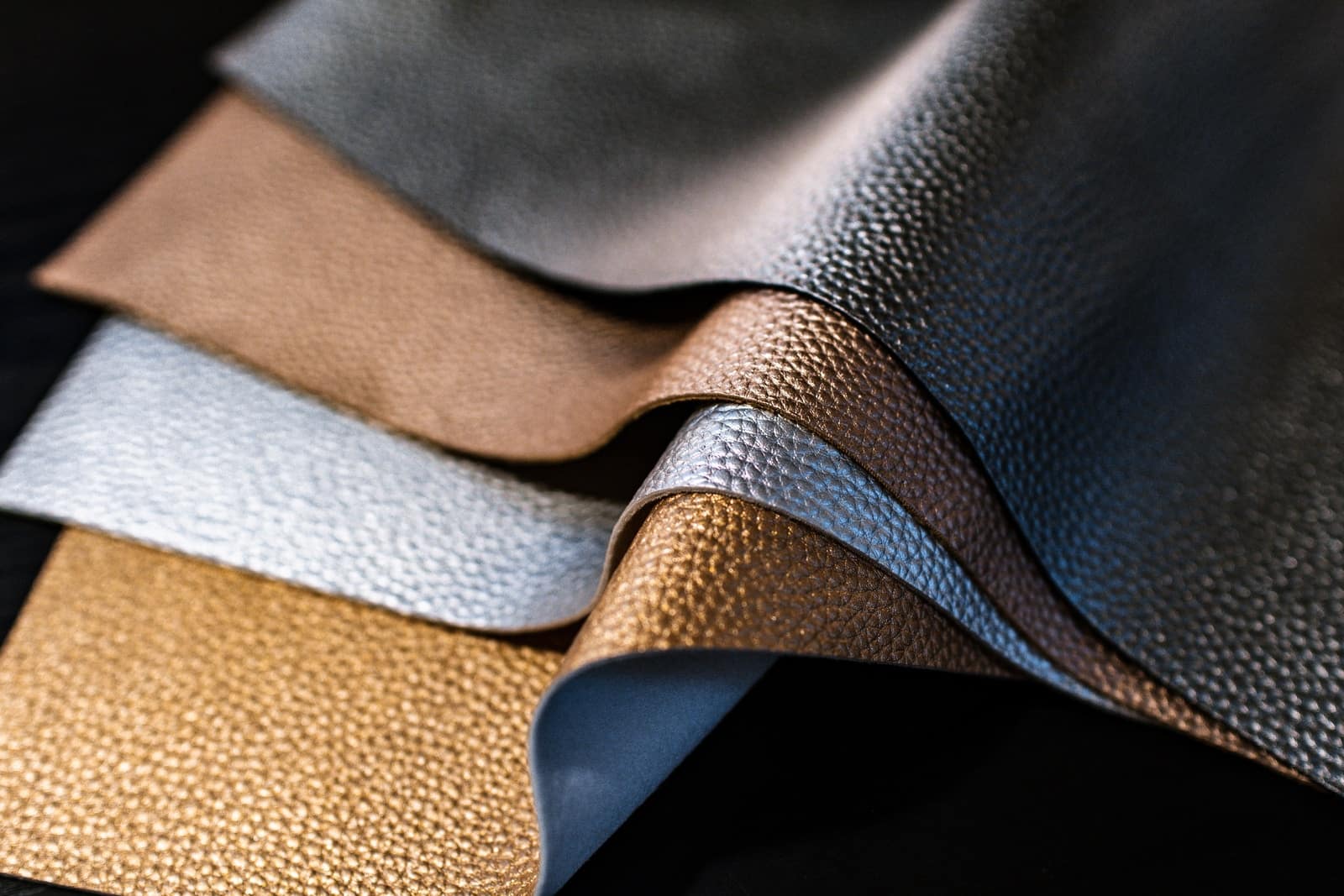

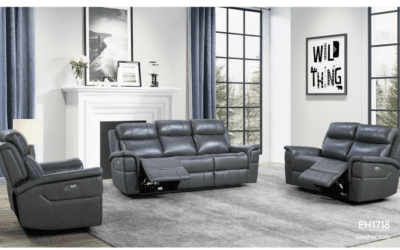
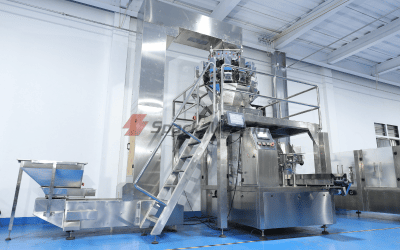

0 Comments